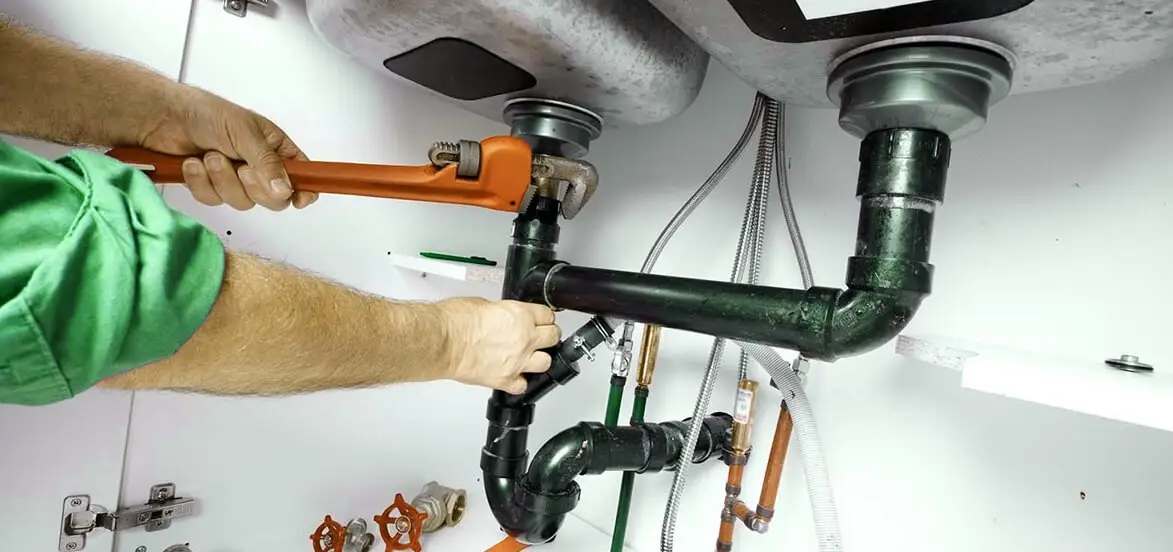A home plumbing system is essential to ensuring that trash and water flow freely. This system’s integrity can be compromised over time by several circumstances, which can call for new plumbing and a comprehensive evaluation. Knowing when to update or replace plumbing is crucial to preserving a home’s effectiveness and safety. This post examines seven strong indicators that can point to the need for new plumbing.
Age of the Plumbing System
The age of the system is one of the main signs that new plumbing can be required. Plumbing systems are not meant to survive forever. Leaks, blockages, and other problems can arise from the degradation of plumbing components over time. Older materials, like galvanized steel, are more prone to corrosion and mineral deposit accumulation in pipes. It is crucial to think about replacing outdated plumbing with more contemporary, long-lasting materials because this deterioration can lower water flow and pressure. More modern plumbing materials, such as PEX or CPVC, ensure a more dependable and effective water system by increasing durability and resilience to frequent issues.
Frequent Leaks and Water Damage
Water damage and recurring leaks are serious indicators that the plumbing system might be malfunctioning. Water damage to walls, ceilings, and flooring can result from leaks in various locations, such as pipes, joints, and fixtures. You can seek out leak detection services from reliable plumbing company that can assist in locating issue areas and halting additional harm. Not only can persistent leaks result in expensive water bills, but they can also cause structural damage and the spread of mildew. While one-off leaks can be fixed with temporary measures, repeated incidents frequently indicate more serious problems with the plumbing system. In these situations, replacing deteriorated or outdated pipes can end up being more economical in the long term than making constant repairs.
Low Water Pressure
Low water pressure can be annoying and frequently signals plumbing problems that need to be addressed. Numerous things, such as clogged pipes, leaks, or issues with the municipal water supply, might cause low pressure. Reduced pressure can often result from ancient pipes that have rusted or collected mineral deposits, which block the flow of water. It might be time to replace the outdated plumbing system if regular cleaning and maintenance are ineffective in fixing the problem. Installing new plumbing can increase the home’s overall water efficiency and bring back sufficient water pressure.
Persistent Clogs and Drain Issues
Plumbing system issues can be indicated by recurring blockages and slowly draining sinks. Although clogs occur occasionally and are usually fixable with common equipment and methods, ongoing problems could be a symptom of more serious issues. Pipes can get blocked with waste, such as hair and oil, over time, which can cause backups and delayed draining. Broken or decaying pipelines that can no longer handle waste can occasionally be the source of the issue. A smoother and more effective drainage system can be achieved by replacing outdated plumbing.
Discolored or Foul-Smelling Water
Plumbing system issues can be indicated by recurring blockages and slowly draining sinks. Although clogs occur occasionally and are usually fixable with common equipment and methods, ongoing problems could be a symptom of more serious issues. Pipes can get blocked with waste, such as hair and oil, over time, which can cause backups and delayed draining. Broken or decaying pipelines that can no longer handle waste can occasionally be the source of the issue. A smoother and more effective drainage system can be achieved by replacing outdated plumbing.
High Water Bills
Unexpected spikes in water costs can indicate a plumbing problem. A rapid increase in water use without a matching rise in home activity can be a sign of plumbing system leaks or inefficiency. Water waste might result from malfunctioning older pipes or fixtures, which will increase expenses. Water consumption can be minimized, and utility costs can be decreased by replacing old plumbing with more energy-efficient systems. Redesigned fittings and energy-efficient plumbing systems can help lower total expenses.
Health and Safety Concerns
The state of the plumbing system can directly impact a household’s health and safety. There is a risk to public health when the water supply becomes contaminated due to old plumbing materials and aging pipelines. For instance, lead pipes have the potential to release toxic materials into the water, and corroded pipes can contain bacteria. Keeping a healthy living environment requires that the plumbing system adhere to current safety regulations. Water quality can be enhanced overall, and possible health risks can be avoided by replacing outdated plumbing with safe, contemporary materials.
Conclusion
Maintaining a home’s operation and safety requires being aware of the warning indications that a plumbing system needs to be replaced. The need for new plumbing can be indicated by a number of factors, including the system’s age, frequent leaks, poor water pressure, recurring clogs, discolored water, excessive costs, and health problems. Proactively addressing these problems can stop additional harm and guarantee a more dependable and effective plumbing system.

